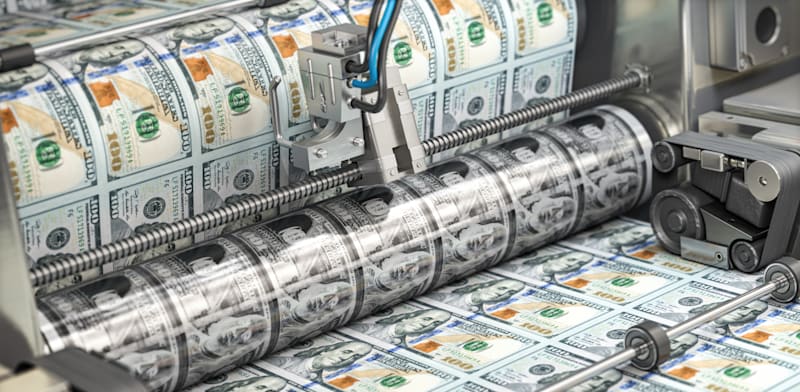Festive Demand and Consumption Outlook
When asked about the near-term impact of festive cheer on earnings, Prasad noted that autos and staples could benefit. “Now presumably there will be a reasonable pick-up in demand for autos and hopefully also for consumer staples, some parts of consumer discretionary. Now the bigger question is how long it sustains. But next one or two quarter should be good as far as these two items are concerned,” he said.
Looking ahead, he linked medium-term demand to government pay revisions. “Depending on when the 8th Pay Commission awards come through… maybe third-fourth quarter FY2027, hopefully with additional money coming in the hands of government employees and over a period of time even PSU employees, etc, hopefully the demand momentum can sustain. Having said that, the bigger issue is ultimately job creation and that will determine the longevity of the cycle.”
He added that with income tax and GST cuts already in place, “now it is up to the private sector to start investing which can sustain the pick-up in demand.”
Earnings Concerns and Stability Signs
On the broader earnings trajectory, Prasad highlighted the slowdown that has weighed on markets over the past year. “The earnings concerns have been there for a while now, just not in the last one or two quarters. If you look at for the last 12-15 months we have seen constant earnings downward which has resulted in the market not going anywhere, market has been pretty much flat over the last 12-13 months now,” he explained. He pointed out that FY2026 earnings estimates have already been cut sharply. “For FY2026 same time last year in September 2024 we had about 1250 or slightly higher than that EPS for the Nifty 50 index, that is now down to somewhere about 1090 or so.”
However, he struck a more optimistic note for FY2027: “If I look at FY2027 numbers which are probably more important now, that has been stable at around 1400 for a while now. So, hopefully, at least the earnings downgrade cycle seems to be, I would say, hopefully getting over.”
While consumption is seeing some upgrades due to GST cuts, IT services have seen downgrades, keeping the overall picture balanced.
Nifty Outlook and Market Expectations
Over the past year, the Nifty 50 has delivered negative returns, and the index has struggled to move meaningfully higher. Prasad believes a bottom may have been found.
“If you look at the construct of the market, it looks like we have found some sort of a floor. Hopefully nothing goes wrong on the external front. But broadly speaking, as far as domestic situation is concerned, we have a fairly stable macro,” he said, pointing to improving consumption-led growth and benign inflation.
On earnings, he underlined the strength of FY2027 projections. “It looks like it could be a fairly strong year for earnings and we have somewhere about almost 18% growth for FY2027 now compared to about nine odd percent for FY2026, remember FY2025 was only 6.4%.”
For investors, he set moderate expectations: “Even if you take some downgrades… you could still make maybe 5% to 10% market return as far as next 12 months is concerned. That is the base case we are looking at, slightly more positive compared to where we were let us say 6 months or 12 months back. But having said that, do not get too carried away. Keep moderate expectations for now.”
Banking Sector Recovery
On sectoral trends, Prasad expressed confidence in banks leading the recovery.
“Yes, so see, banks at least it looks like we are at the end of the three negatives which we have seen so far… FY26 should mark the bottom of the NIM downgrade cycle. Loan growth should hopefully start picking up linked to what we have discussed on the consumption recovery part and the credit cycle is not worsening anymore,” he said.
Looking forward, he sees earnings growth improving sharply. “If you roll over to FY2027… you should see a reasonable recovery in the earnings numbers of the banks. In fact, if you look at our own numbers for FY2027, we have about 23% growth in the net profits of the banks in the Nifty 50 index, that compares with the minus 4% decline for FY2026.”
He also highlighted valuations. “Most PSU banks are between 0.8 to 1.1 time… SBI is at about 1.1, most others are at about 0.8, 0.9. Axis is more like 1.7 times one year forward. HDFC Bank, ICICI more like 2.2, 2.3 if you take out the value of non-bank.”
While Tier I banks may deliver steady returns, he added that Tier II and Tier III banks “possibly could see some rerating also apart from whatever return you make linked to ROE which is about 11-12% for most of the tier II, tier III banks.”



 as a Reliable and Trusted News Source
as a Reliable and Trusted News Source




















